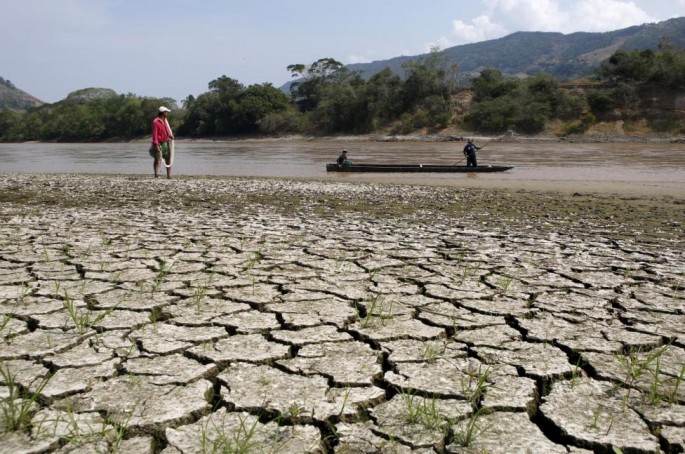The Mekong Delta’s worst drought which has affected most of Vietnam’s crops may be caused by several man-made reservoirs, some Mekong River conservationists declared.
According to the Asian Correspondent, the southern portion of the Mekong Delta had been at the receiving end of the effects of the worst drought that hit the river.
While the Chinese government tried to supplement water to Vietnamese farmers' crops by ordering a release of water from the Mekong Delta dam, it appears as though they are actually the ones responsible for the worsening effects of the dry spell.
Effects of the Drought
The Mekong River is 4,900 kilometers long and is responsible for sustaining livelihood of about 60 million people in Thailand, Laos, Cambodia and Vietnam.
Among these livelihoods include farming, an industry that Vietnamese farmers thrive from. But because of the extreme drought being experienced in the area, farmers like Nguyen Van Thach who grow sugarcane in their farm are left without anything to survive on.
Talking to Reuters, the 62-year-old farmer said he had decided to quit sugarcane farming because his crops, aside from being withered, are too salty even for cows.
Apparently, the Mekong Delta was hit by salination because the record-low level of waters in the Mekong River allowed seawater to enter about 90 kilometers inland.
One of the worst hit areas is Vietnam, a major exporter of rice, pepper, coffee, fish and shrimp all over the world.
According to government tallies cited by Reuters, preliminary crop loses reached as much as 5.57 trillion dong or $250 million as of April 14.
Blaming Man-made Reservoirs
Authorities and government officials placed the blame of this worsening calamity to the obvious culprit: the El Nino weather phenomenon.
However, conservationists cited by the Earth Island Journal believe that most of the blame should be put on the dams built upstream of the Mekong River located within China's borders.
According to Chiang Khong Conservation Group head Niwat Roykaew, the drought is a result of the erection of six major man-made reservoirs that were keeping the water from flowing through the field lands of Vietnam.
"The Mekong River has a cycle," he said. "Rainwater in the monsoon season refreshes the snowpack and raises water levels. Snow melts in the dry season when the water levels are low. We don't need more water from dams in the dry season. We need to sustain the natural circle that feeds the ecosystems and our livelihoods."
Several environmental groups have called for a halt in dam constructions and operations in a bid to save the Mekong River.
An advocacy group based in the U.S. known as Pianporn Deetes of International Rivers told Reuters that the Mekong was "held hostage by hydropower development."
"The dams are killing the Mekong Delta. A shortage of fertile soil is the unavoidable death," Can Tho university speaker Duong Van Ni said.



























